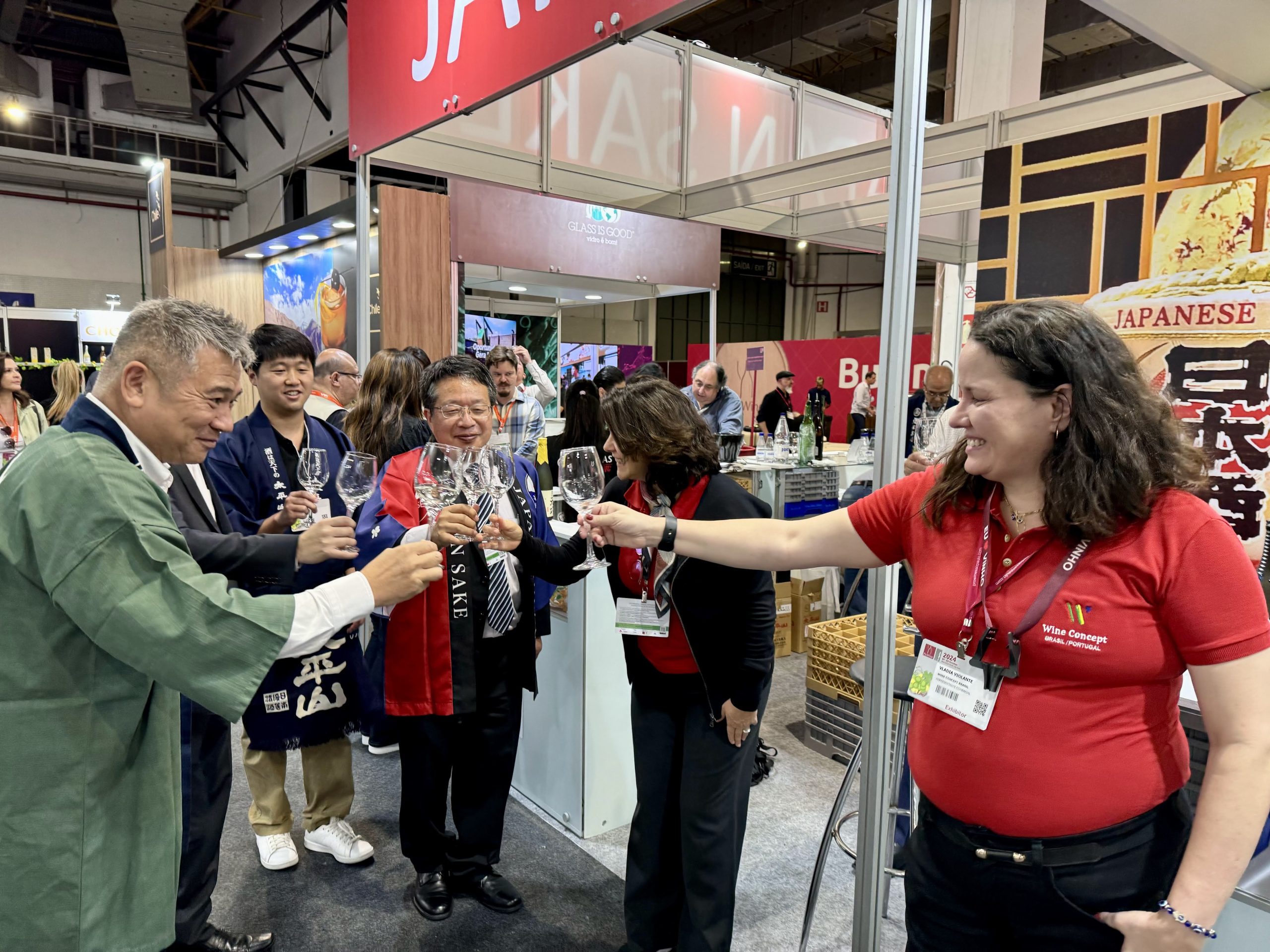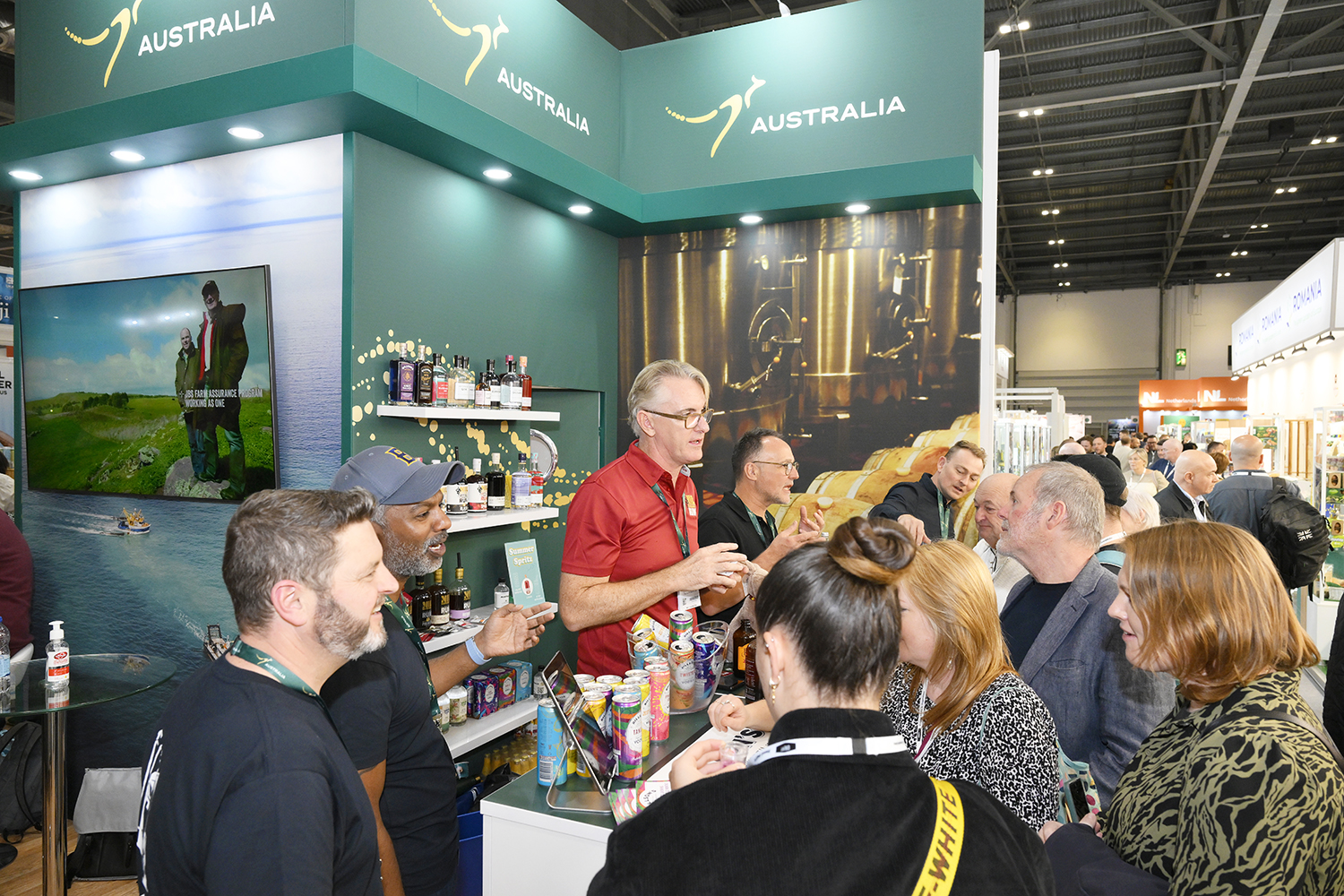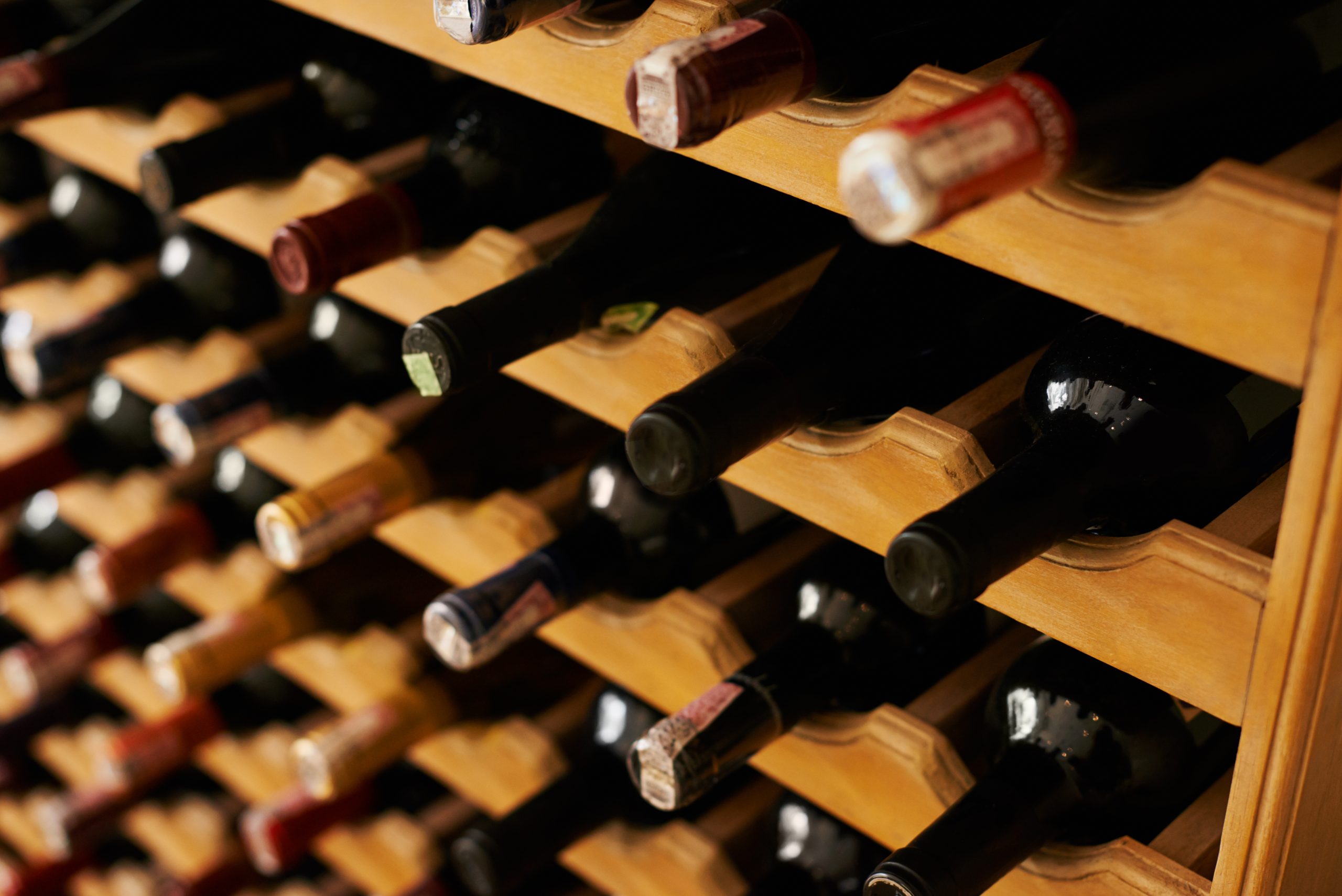Tuica – Romania’s “White Lightning”
By Max SteinRomania’s got more than Dracula and Transylvania.
Dracula’s Castle
When we think of Romania, several things may come to mind: gloomy images of spooked peasants hoisting pitchforks and torches, dark, crumbling castles perched atop mountains illuminated by cracked flashes of lightning, rolling hills dotted by huts and farmlands set beneath dark, swollen clouds.
Well… it does encompass Transylvania, the birthplace of the Dracula legend. These ghoulish associations aside, Romania is a fascinating country with a beautiful geography and breath-taking landscapes, friendly and warm people, and lots of fascinating history to explore.
Apart from being a beautiful and attractive country to visit, not to mention a hot tourist spot as of late, Romania has something very special to contribute to unique alcoholic beverages. In America, some circles make their own “white lightning” or “white whiskey” for personal consumption, that is not available on store shelves. People popularly know this illegal alcoholic kick-back sipper as moonshine.
Few know, however, that Romania has its own clear and colorless liquid with a kick, and it’s actually the country’s national beverage! This strong spirit is called Tuica.
The production of this famous national pick-me-up (or drop-you-down if you’re not careful) all starts with the dark fruit we tend to enjoy from summer into early autumn: plums. Plum trees make up the bulk of most orchards in Romania, so the plum is where it all starts for this little-known spirit. Apparently, roughly three-quarters of all plums picked off the trees in Romania are used in the production of this drink.
Essentially, tuica is fermented and distilled plums. Unlike beer and wine where yeast is used for the fermentation process, tuica and the plums used to make it must then go through a distillation process after fermentation to transform it into its colourless, final form.
Preparation of tuica usually begins in October when the leaves begin to show their warm, autumn colours and lasts into early December. Good tuica, and the one you want to be drinking, is made of nothing but plums and yeast with no sugar involved in the process whatsoever. Fermentation of this beverage can last anywhere from 6-8 weeks, when it is then ready for its next step: distillation.
Producer: Independant/Homemade
Classification: Spirit
ABV: 45-60%
Country of Origin: Romania
Trivia: Since tuica is distilled from fermented fruit, it is actually a type of plum brandy
Availability Info/Look for this: on your next trip to Romania – not available in the United States
After fermentation with the yeast, this plumy, gooey mess is then heated underneath wood fires or charcoals so that the precious alcohol vapours can be captured in a copper tube or brass still – this is distillation. What we are finally left with is a clear and warming plum spirit with a proof of about 104 (abv of roughly 52, but can vary).
Partner Content
Now it is ready for consumption. The most common time to throw back some tuica is before a meal, where the locals feel it’s essential (and necessary) to start any culinary event with a shot or two – tuica purportedly increases your appetite.
Drinking tuica is not relegated solely to before-meal consumption, but is also heartily consumed at sporting events, weddings, hunting festivals, and many other gatherings. It is even customary to toast with tuica instead of wine or Champagne, and is preferred as a welcoming warmer for any guest visiting your home in Romania.
So, on your next visit to Romania, don’t forget what all those plum trees you see are really for. The country’s national beverage is a fantastic exploration into plum brandy and is a unique facet of their culture and heritage – Cheers
Written by Max Stein with RhoMania, “Helping people enjoy life more, one beverage at a time.”
Facebook: http://www.facebook.com/pages/RhoMania/109291572447300?ref=hl
Twitter: https://twitter.com/rhomania
Website Blog: http://www.rhomania.com/blog-00/





Do you know anywhere that sell Tuica in the United States or ships it?
Go to Trader Joe’s, Amazon, Jon’s supermarket, or your local church – there will be people there that distill their own
Bevmo carries some (decent) tuica
Hi!
Are you interested for Tzuica?
Would like to know ware to buy
Yes I would like to buy
where can i buy some in Chicago ?
Ma Vasile , poti sa iei tuica de la Liquor Barn in Niles si in Wheeling IL. Daca iei12 litrii , o iei cu 15-16 pe litru. E un rus Mike acolo . They do ship . Au multe tipuri in special din Croatia si Serbia. Mie imi place , mi-am luat 24 litrii si 5 so dus .
Nelu de la Margau
That tuica you find at the liquor store is not the same thing. I have a friend from Romania and I was blown away. It tingles everywhere in your whole body ( including places only your spouse should touch) the drink they have at the liquor stores is nothing like the real stuff. I feel blessed to have tried it a few times as he goes back home to visit. I also like how a capful will warm and tingle your whole body. It takes less then a shot to get you drunk even if you drink. A teaspoon maybe too much for someone who doesn’t drink at all. If you ever go to Romania then you have to try it but don’t over do it. You will love the colorless, warming, tingling, Romanian’s great Țuică.
I have a Romanian neighbor who makes his own tuica – and it is amazing. Never ask where you can buy it, whatever you may buy is not the real thing. He makes his tuica from plums, and in the final aging he adds dried plums to add a little color, flavor, and sweetness.
My dad came from Romania, grew up in Chicago area, settled in SoCal…His life-long friend, who had moved to Seattle, would come to visit 3-4 times a year….Tho they never could get their hands on Tuica, Slivovitz was their preferred substitute…Rocket fuel! After severl rounds, they would dance on our dining table…
So, give Slivovitz a go…I’ve never had Tuica, but all the Romanians here say it’s about as good as the real thing…
BOOM!
Indeed the stuff you can buy here isn’t usually the real stuff but close enough for most. My wife is Romanian and her father made most of what I have although some friends came back from a wedding and brought me some from there.
You can buy Tuica, Slibovitz at the Liqour Barn In Wheeling , IL or Niles IL , they even ship it to your place and if you buy a case ( 12 ) one can get it for $15 per liter. Badel, made in Croatia, several varieties from Serbia , not sure if they have Romanian, there. Tare buna ! Noroc !
Tuica is actually never made of anything but plums, or plum-like fruit, like cherries (but that’s considered medicine, not a drink). Brandy made from other fruit is called rachie (sounds somewhat like “rakeea”) or rachiu (try saying “rakew”), depending on region.
Also, it’s traditionally not a white spirit. It’s the past some five decades of communist rule followed by two more decades of ruthless, rule-less capitalism that have induced this impression. The white destillate is in fact an unfinished product. For tsuica to become worthy of its name, it has to age for at least one year in mulberry wood barrels – to my knowlege, it’s the only alcoholic beverage aged this way, every other aged spirit I know of uses oak. This gives it color, enhances the fragrance – without adding as many tannins as are common in beverages aged in oak barrels – and makes it extremely smooth, also slightly reducing its alcohol content. You typically won’t find the leathery fragrance specific to most whiskies in tsuica.
Plus, you don’t need to add yeast to get the fermentation going. The plums are usually not picked from the tree. Grass is allowed to grow around the trees, and plums are gently shaken from the trees for picking, in order for only the ripest plums to fall down and then picked – the grass may pierce the skin of the plums, helping the fermentation to start, but helps keeping them clean. Traditionally, the only chemical treatment plum trees receive is having their stem painted with lime each spring, so there’s no need to wash the plums to remove potentially harmful chemicals. Fermentation starts spontaneously, and traditionally happens in large wooden vats, some 5000 or 10000 liters large, to which a new layer of freshly picked, extremely ripe, sweet and fragrant plums is added each day, until the vat is full. Once filled, the surface of the last layer of plums dries out, creating sort of a skin, which helps keeping all alcohol and fragrance set free/developed during fermentation inside the vat. If you pierce the skin, or if you keep the vat in a place too humid for the skin to form, what you’ll get after distillation will be of low quality – rough and flavorless. After about two to six weeks since skin forming, depending on temperature (something that’s best asserted by a maker’s eye, there’s no instrument more precise than that), you can start destillation.
This guy knows what he is talking about.